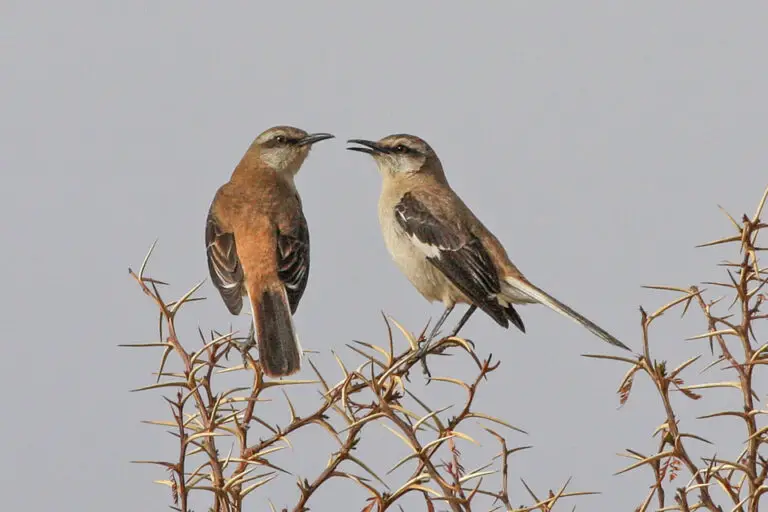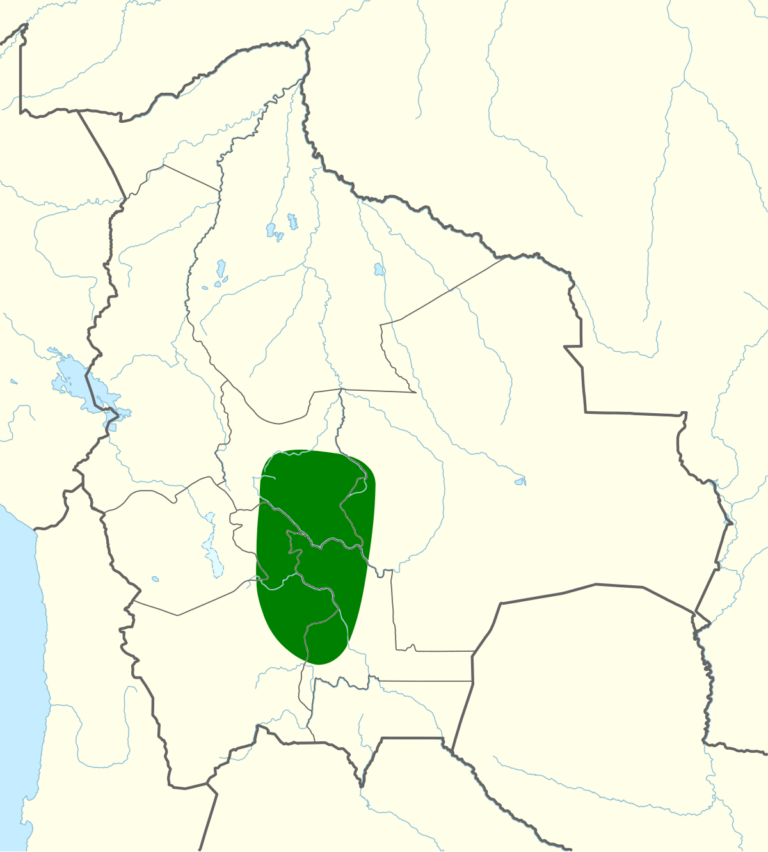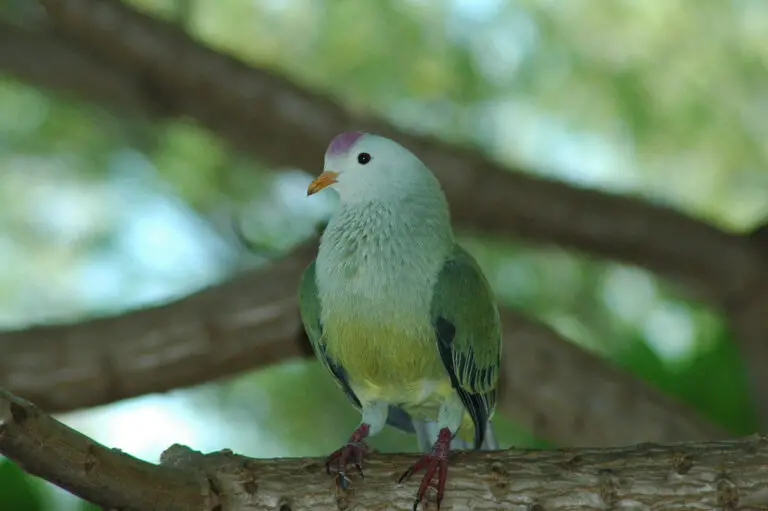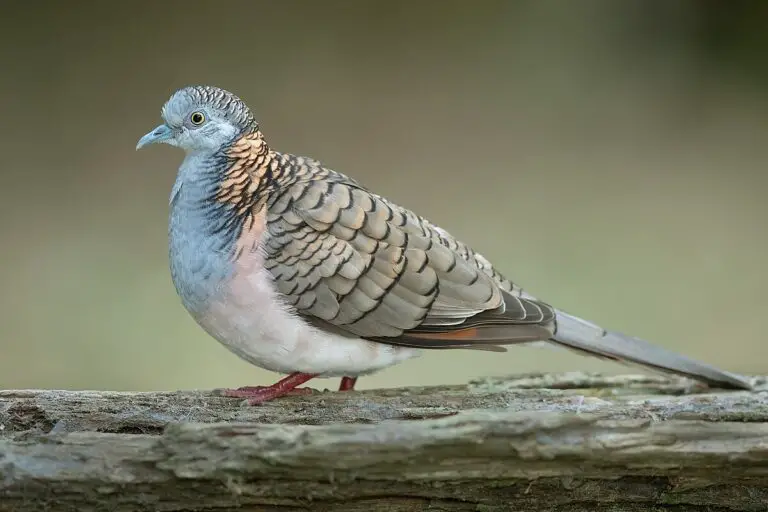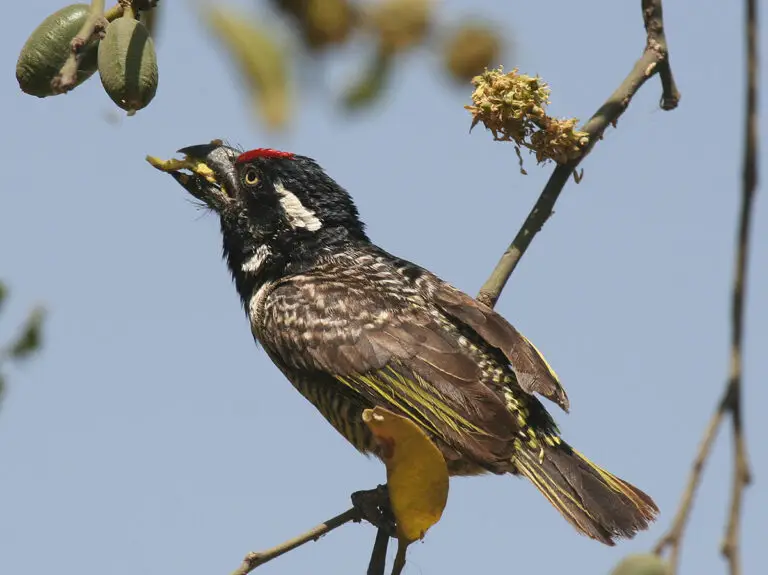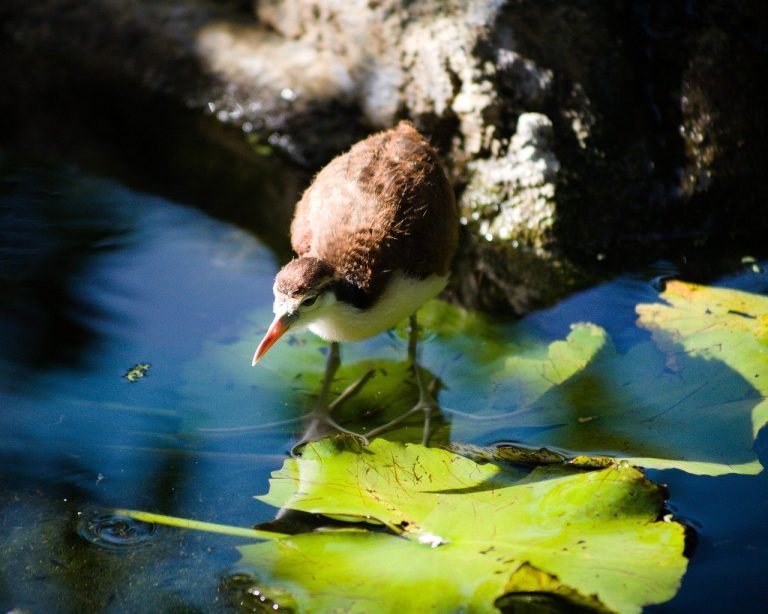Uguisu (Cettia diphone)
“Their guano is used in face creams!”
The Uguisu, scientifically known as Cettia diphone, belongs to the following taxonomic classification:
- Kingdom: Animalia
- Phylum: Chordata
- Class: Aves
- Order: Passeriformes
- Family: Cettiidae
- Genus: Cettia
- Species: Cettia diphone
Its conservation status is classified as “Least Concern,” indicating that it is not currently considered to be facing a high risk of extinction. Uguisu is primarily found in Asia.
Uguisu facts:
- Prey: Uguisu feeds on insects, worms, and berries.
- Name Of Young: The young Uguisu is called a chick.
- Group Behavior: Uguisu is solitary in its behavior.
- Fun Fact: Their guano is used in face creams!
- Estimated Population Size: The population size of Uguisu is stable.
- Biggest Threat: Habitat loss poses the greatest threat to Uguisu.
- Most Distinctive Feature: Uguisu has light-colored lines above its eyes.
- Other Name(s): Uguisu is also known as Japanese Bush-Warbler, Singing Bush-warbler, or Oriental Bush-warbler.
- Wingspan: Their wingspan ranges from 20cm to 22cm (7.9in to 9in).
- Incubation Period: Uguisu eggs take 2 to 3 weeks to hatch.
- Age Of Fledgling: Fledglings leave the nest at around 12 to 15 days old.
- Habitat: Uguisu inhabits lowlands and mountain forests.
- Predators: Common predators of Uguisu include cats, snakes, and birds of prey.
- Diet: Uguisu is an omnivore.
- Lifestyle: Uguisu is diurnal, meaning it is active during the day.
- Common Name: Uguisu is its common name.
- Number Of Species: There is only one species of Uguisu.
- Location: Uguisu can be found in Japan, China, and Korea.
- Average Clutch Size: Uguisu typically lays clutches of around 3 eggs.
- Slogan: Their guano is used in face creams!
- Group: Uguisu belongs to the bird group.
Physical Characteristics:
- Color: Uguisu has brown, green, and olive-colored plumage.
- Skin Type: Their skin is covered in feathers.
- Top Speed: Uguisu can reach speeds of up to 18 mph.
- Lifespan: The lifespan of Uguisu ranges from 2 to 5 years.
- Weight: Uguisu typically weighs between 15g to 22g (0.5oz to 0.7oz).
- Length: They measure approximately 14cm to 16.5cm (5.5in to 6.5in) in length.
- Age of Sexual Maturity: Uguisu reach sexual maturity at around 10 to 12 months of age.
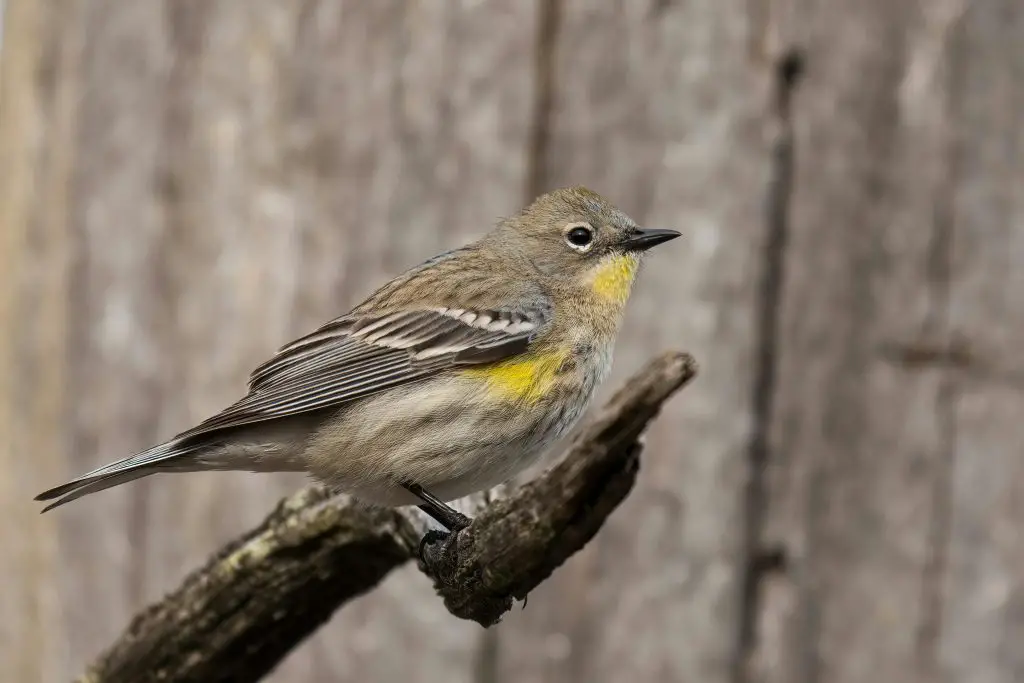
Classification and Evolution
The Uguisu, a diminutive songbird native to East Asia, inhabits a natural range that includes China, Japan, Korea, Manchuria, the Philippines, and Taiwan. Often likened to the nightingale and other small songbirds like the bushtit, it’s affectionately called the Japanese nightingale due to the melodious beauty of its song. However, its more fitting moniker is the Japanese bush warbler, as it sings during the day rather than at night.
Its enchanting singing prowess unfortunately made it a sought-after pet, which posed a significant threat to its population. In Japanese culture, the presence of this bird and its springtime serenade are cherished symbols of the season’s arrival.
Interestingly, the Uguisu has also established a presence in the United States, particularly in Hawaii, where it was introduced in the early 20th century. Since then, it has adapted well to its new environment and thrived.
Anatomy and Appearance
The Uguisu indeed possesses distinct physical characteristics that contribute to its unique appearance. It is relatively small in size and features small, dark eyes, along with a slightly elongated dark beak. Its plumage typically ranges from olive-green to pale brown, with darker shading on the wings and tail. This coloration helps it blend into its forested habitat.
Notably, the Uguisu has thin legs that terminate in slender toes equipped with claws, allowing it to securely grip branches while perched. This adaptation aids in its arboreal lifestyle, enabling it to navigate and forage within its woodland habitat with agility.
The Uguisu’s tail is another notable feature, resembling that of a long-tailed tit. It is relatively long and composed of straight feathers, which may assist in balance and maneuverability while flying or perching. Overall, these physical attributes contribute to the Uguisu’s adaptation to its forested environment and its ability to thrive among the branches.
Distribution and Habitat
Indeed, the Uguisu’s habitat extends beyond East Asia, with sightings reported in Europe as well. Its range encompasses regions such as China, Japan, Korea, the Philippines, and even parts of Russia. Additionally, it is known to be a seasonal visitor to Taiwan.
The Uguisu exhibits a preference for habitats characterized by dense foliage, such as bamboo thickets and forests. These environments provide ample cover, allowing the bird to conceal itself from potential predators while also offering a plentiful supply of nourishing food sources.
While the Uguisu primarily favors mountain forests and lowland hills, it is not particularly selective regarding altitude during the warmer months. However, as winter approaches and temperatures drop, it tends to migrate to lower altitudes where the climate is milder and food resources may be more readily available. This seasonal movement reflects the bird’s adaptive behavior in response to changing environmental conditions.
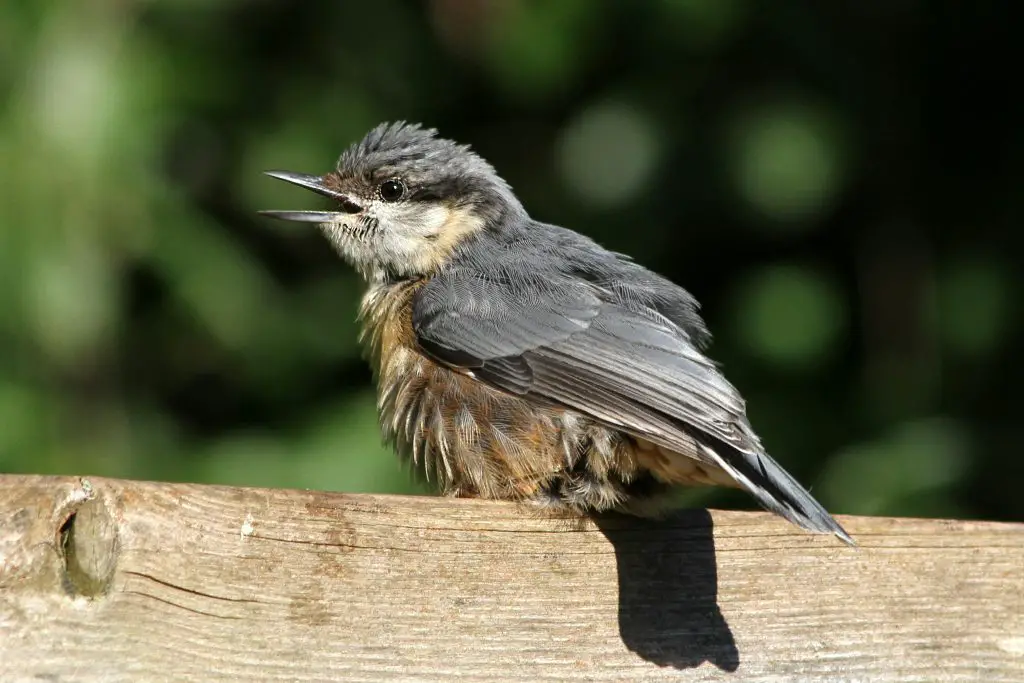
Behavior and Lifestyle
The Uguisu’s elusive and secretive nature is well-known, as it tends to conceal itself within dense foliage during the daytime. This behavior aids in avoiding detection by predators and other potential threats. Additionally, Uguisu are predominantly solitary birds, preferring to forage and live alone rather than in flocks.
During the spring breeding season, Uguisu become more active and vocal. Their adaptable nature allows them to inhabit a wide range of elevations, from lowlands to highlands, during this time. However, as winter approaches, they tend to migrate to lower elevations where the climate is warmer and food is more abundant. This migration may also involve seeking out warmer climates depending on their location.
In colder months, Uguisu may exhibit reduced activity levels until the arrival of spring signals the onset of their breeding season. During this time, male Uguisu can often be heard singing melodious songs in an effort to attract potential mates. This singing behavior is a prominent feature of their breeding rituals and serves to establish territory and attract mates.
Reproduction and Life Cycles
In the avian world, Uguisu typically have relatively short lifespans, with individuals generally living between 2 to 5 years in their natural habitat. Interestingly, unlike some bird species where males boast brighter plumage compared to females, both male and female Uguisu exhibit similar appearances. However, there is a notable difference in size between the two genders, with female Uguisu being smaller than their male counterparts.
During the breeding season, male Uguisu rely on their melodious songs rather than colorful plumage to attract mates. Their enchanting vocalizations serve as a means of courtship and territory establishment, signaling the arrival of spring and the beginning of the breeding period. This reliance on song as a primary mate attraction strategy is a distinctive characteristic of the Uguisu’s reproductive behavior.
Following courtship and mating, the female Uguisu will proceed to lay a clutch of eggs, typically containing up to five small eggs. These eggs are typically laid within a bowl-like nest constructed amidst thick foliage, providing both camouflage and protection for the developing embryos.
The nest itself is crafted from a variety of materials such as leaves, twigs, or moss, skillfully woven together to form a secure structure. Once the eggs are laid, the female Uguisu takes on the responsibility of incubating them, carefully keeping them warm and safe from potential threats. The incubation period lasts for approximately three weeks, during which time the mother remains dedicated to her task.
After the eggs hatch, the mother continues to provide care and protection to the newly hatched chicks for about two weeks. During this period, she feeds them, keeps them warm, and ensures their safety within the nest. As the chicks grow and develop, they reach a stage where they are ready to leave the nest, typically around the age of two weeks. At this point, they embark on their first ventures into the world, gradually gaining independence from their mother as they continue to grow and mature.
Diet and Prey
Indeed, the Uguisu primarily sustains itself through an insect-based diet, making it predominantly insectivorous. However, it also displays some omnivorous tendencies by occasionally consuming plant matter. This versatile diet allows it to adapt to varying food availability in its habitat.
Among its favored insect prey are beetles, moths, grasshoppers, and worms, which provide essential protein and nutrients for its survival. Additionally, the Uguisu demonstrates a fondness for berries and fruits, showcasing a diverse palate that includes sweet treats. This dietary flexibility enables the Uguisu to capitalize on a wide range of food sources, contributing to its ability to thrive in diverse environments.
Absolutely, food availability is a crucial factor influencing the migration patterns of birds like the Uguisu. As winter approaches and temperatures drop, insect activity diminishes, and food sources become scarce in higher elevations. In response to this scarcity, the Uguisu migrates to lower elevations where food is more abundant and accessible.
Lower elevations often experience milder climates during the winter months, which allows insects and other food sources to remain active and available for foraging. By migrating to these lower elevations, the Uguisu can sustain itself through the winter months when food is scarce at higher altitudes.
This seasonal movement in search of food demonstrates the adaptive behavior of the Uguisu and its ability to respond to changing environmental conditions to ensure its survival.
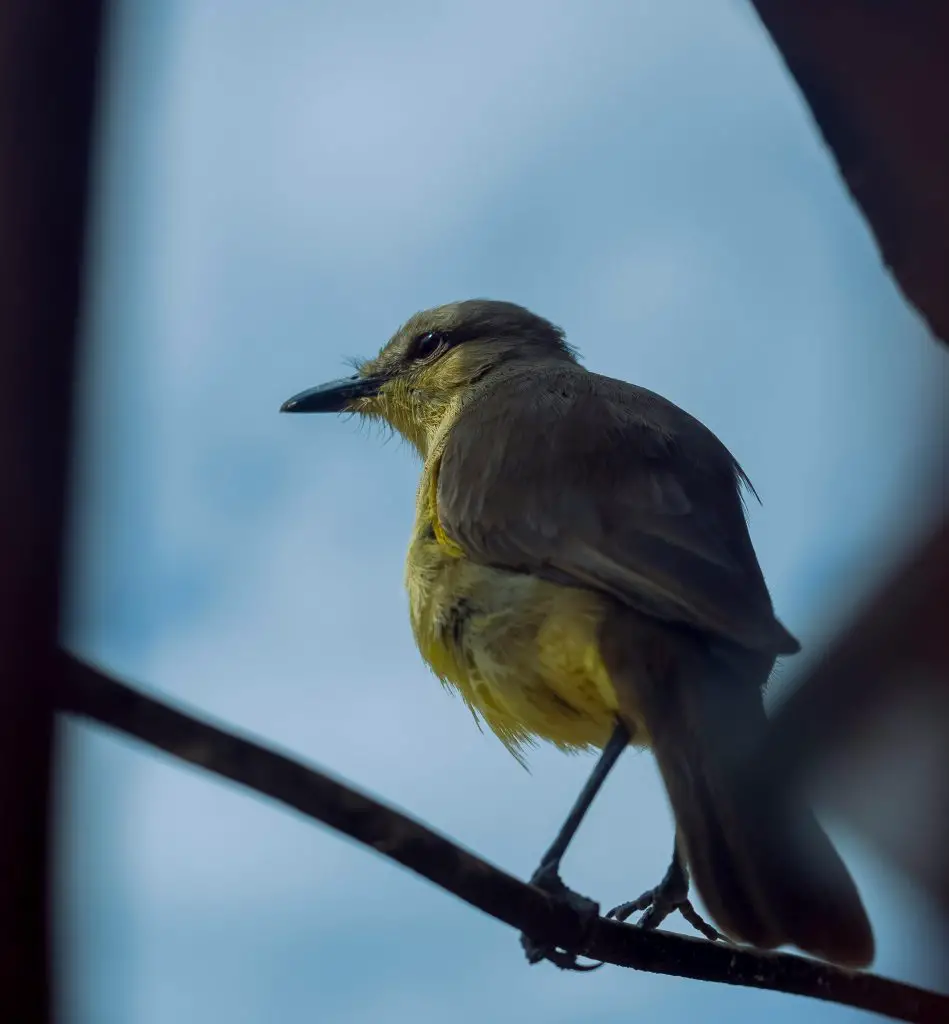
Predators and Threats
The Uguisu faces a variety of threats to its safety, both from human activities and natural predators. Human encroachment on its natural habitat through urbanization and deforestation poses a significant challenge to the bird’s survival. As towns and cities expand, the Uguisu’s habitat shrinks, leading to habitat loss and fragmentation.
In the wild, the Uguisu must also contend with natural enemies such as birds of prey including eagles, falcons, and hawks, which pose a threat to both adult birds and their offspring. Additionally, wild felines and canines, along with reptiles like lizards and snakes, present further danger to the Uguisu population.
Despite these threats, the Uguisu possesses certain adaptive features that aid in its survival. Its drab plumage, while making it less conspicuous to predators, allows it to blend in with its surroundings, providing camouflage and increasing its chances of avoiding detection. This natural camouflage is particularly advantageous when the Uguisu is foraging for food under dense foliage, where it can remain hidden from potential predators.
Despite these adaptations, the Uguisu’s survival is still precarious, and conservation efforts are essential to mitigate the impact of these threats and ensure the long-term viability of its population.
Interesting Facts and Features
In addition to helping them find a mate, Uguisu also use their songs to declare their territory to their other relatives in the area. Because of their association with spring, they are known in Japan as the spring or Hanami birds. Other than their vocal ability, Uguisu are also treasured for another unlikely quality: their droppings, or their guano. As a matter of fact, these droppings were used by geishas and kabuki actors as a makeup remover and a skin care remedy. Uguisu droppings were also used as a fabric stain remover, particularly on silk and to remove dyes from clothing.
Relationship with Humans
The Uguisu faces significant threats to its habitat due to activities such as logging and land clearance for agriculture. These human-induced changes to its environment have led to habitat loss and fragmentation, posing a serious risk to the survival of the Japanese warbler population.
Despite these challenges, the Uguisu holds a prominent place in Japanese culture and has been celebrated in poetry and various forms of art for centuries, thanks to its beautiful singing. However, this cultural appreciation has also led to the unfortunate practice of keeping Uguisu in cages. While this practice may have been common in the past, there is now a growing awareness of the need to protect these birds in their natural habitats.
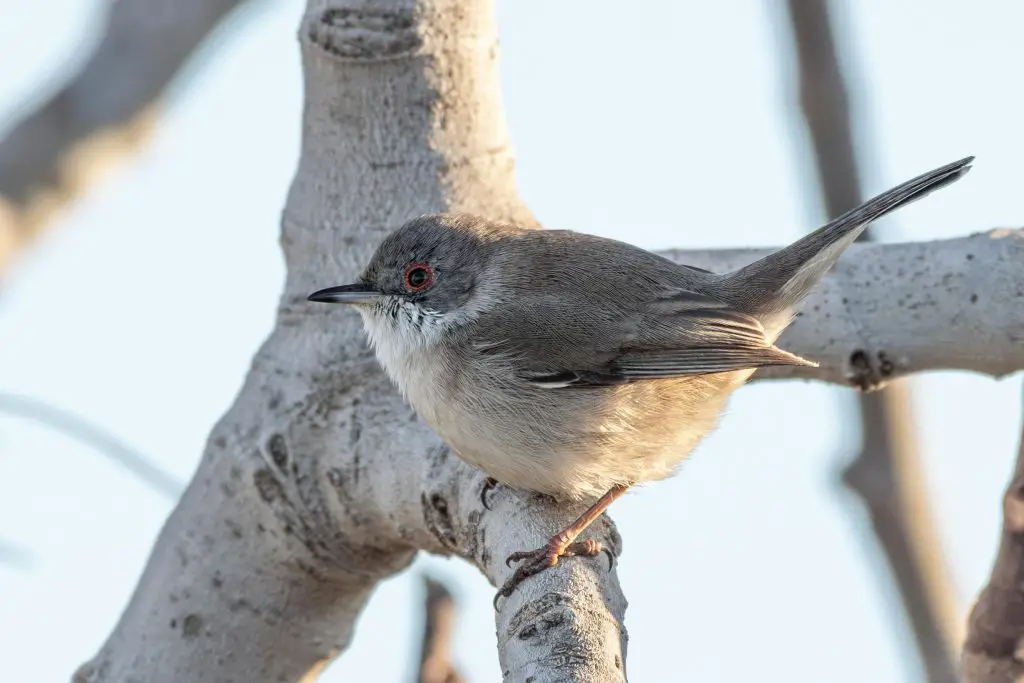
Some efforts have been made to conserve the Uguisu population by establishing facilities where they can live free from the threats of predators. In these facilities, Uguisu are provided with organic seeds as food, and their droppings, or guano, are harvested for commercial purposes.
The guano is collected, sterilized, and dried thoroughly before being packaged and sold for use in skincare products. This sustainable harvesting method allows for the utilization of Uguisu droppings without harming the birds or their habitats. Additionally, by supporting these initiatives, consumers can contribute to the conservation of the Uguisu population while enjoying the benefits of its natural resources.
Conservation Status and Life Today
The Uguisu’s broad distribution across multiple countries and its adaptability to various altitudes and habitats contribute to its classification as Least Concern on the IUCN Red List. This designation indicates that, overall, the species is not currently facing a high risk of extinction.
However, while the Uguisu population may be stable in certain regions, concerns have been raised regarding the impact of deforestation on the species in other locations. Deforestation, driven by factors such as logging and land clearance for agriculture, poses a significant threat to the Uguisu’s habitat and could potentially lead to population declines in affected areas.
Despite its current classification, continued monitoring and conservation efforts are necessary to ensure the long-term survival of the Uguisu population, particularly in regions where habitat loss and degradation are significant threats. By addressing these challenges and implementing measures to protect and restore its habitat, we can help safeguard the Uguisu for future generations to enjoy.
Finally…
The Uguisu, also known as the Japanese bush warbler, is a captivating songbird with a rich cultural significance in Japan and beyond. Its enchanting melodies herald the arrival of spring and have inspired poets and artists for centuries. While classified as Least Concern on the IUCN Red List due to its broad distribution and adaptability, the Uguisu faces threats such as habitat loss and human encroachment in some regions. Conservation efforts are vital to ensure the continued survival of this beloved avian species and preserve its role in both the natural world and cultural heritage.
